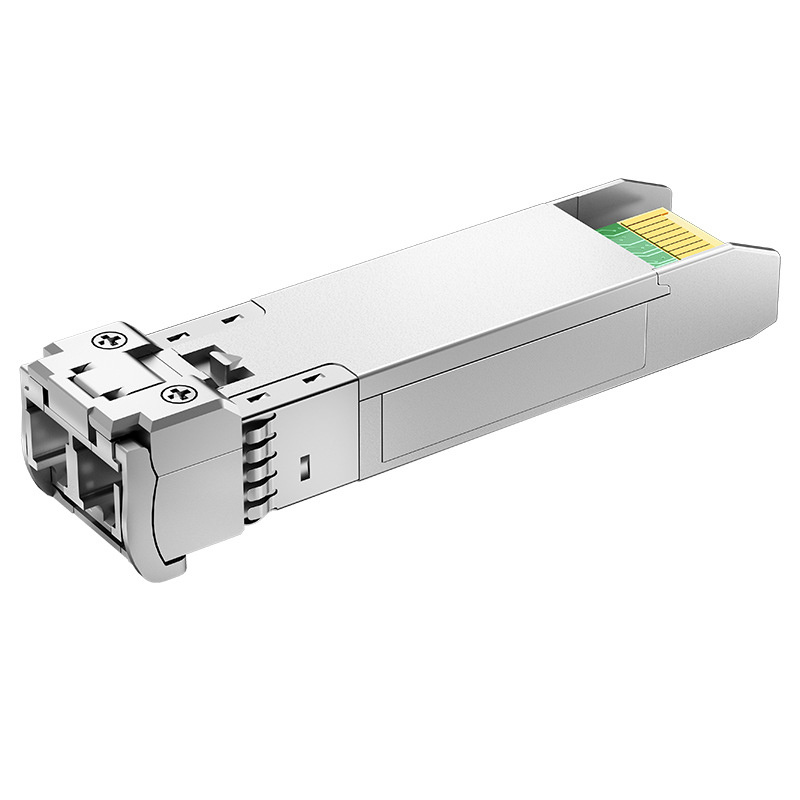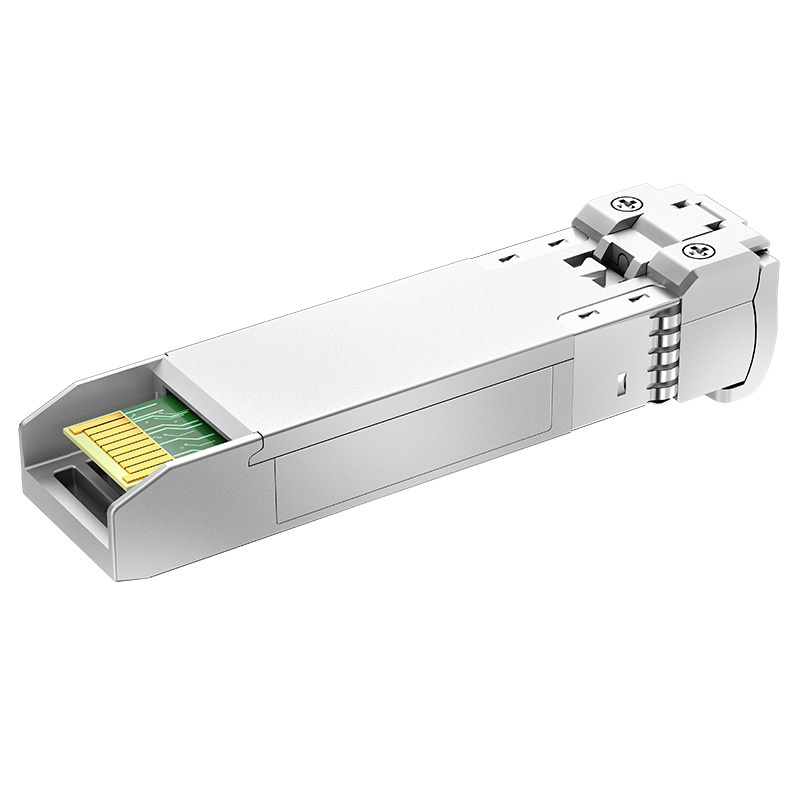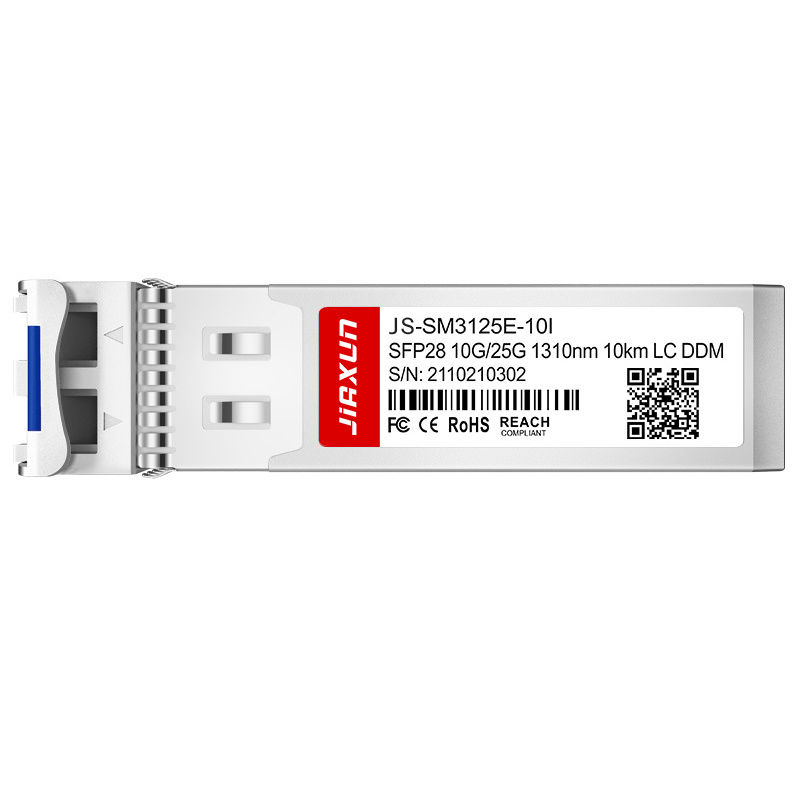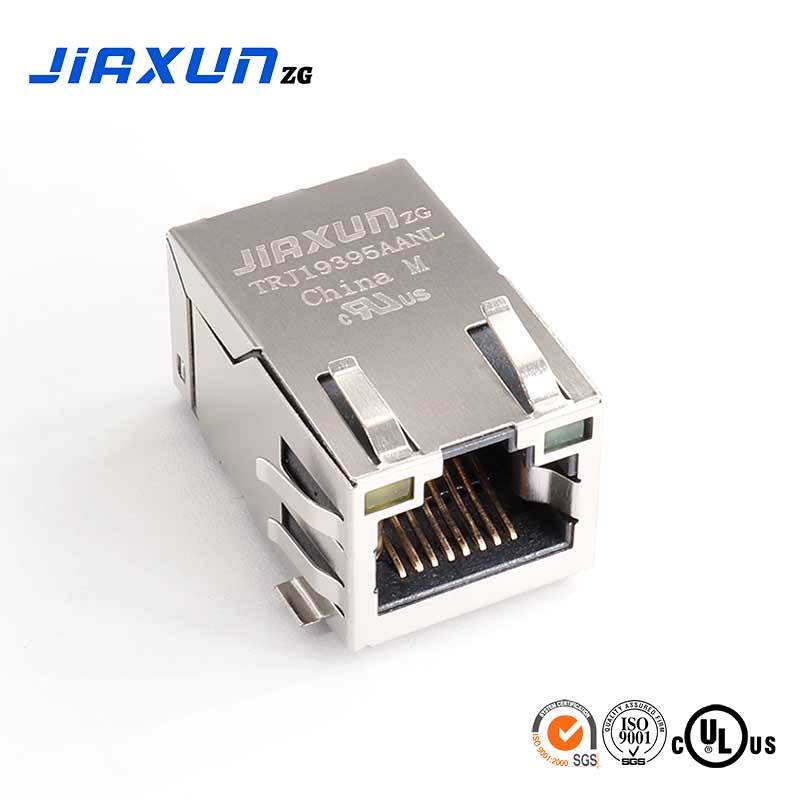11
2025
-
07
Is a 1.25g optical module a Gigabit module?
Author:
1.25G optical modules belong to Gigabit optical modules and are a common type of optical module used in Gigabit Ethernet (1000BASE).
The reason is: Gigabit Ethernet's nominal data rate is 1Gbps (Gigabit per second) , but to handle extra overheads such as Ethernet frame preambles and inter-frame gaps, its Physical Layer (PHY) actual line transmission rate is designed to be 1.25Gbps. Therefore, the "1.25G" in 1.25G optical modules refers to the physical layer line rate, and the corresponding effective data transmission rate is indeed Gigabit (1Gbps), specifically used for implementing Gigabit-level Ethernet communication.
Simply put, 1.25G optical modules are "matching" optical modules for Gigabit Ethernet, essentially belonging to Gigabit modules.
The transmission distance of 1.25G optical modules mainly depends on the fiber type and module design, which can be divided into the following two categories:

I. Multimode Fiber (MMF) Scenarios
Multimode optical modules transmit via multimode fiber, suitable for short-distance communication.
- Typical transmission distance : 550 meters (e.g., 1000BASE-SX standard).
- When using an 850nm wavelength VCSEL laser with OM2 multimode fiber (50/125μm), the transmission distance can reach 550 meters.
- If higher-grade OM3/OM4 multimode fiber (laser-optimized) is used, the upper limit for 1.25G speed is still 550 meters, due to speed-fiber bandwidth matching limitations.

II. Single-mode Fiber (SMF) Scenarios
Single-mode optical modules transmit via single-mode fiber, supporting medium to long-distance communication.
- Short-distance single-mode modules : 20 kilometers (e.g., 1000BASE-LX standard).
- Using a 1310nm wavelength DFB laser with G.652 single-mode fiber, the transmission distance is typically 10-20 kilometers.
- Medium-to-long-distance single-mode modules : 40-120 kilometers (e.g., BIDI or DWDM solutions).
- Using 1490nm/1550nm wavelength DFB/APD lasers, and optimizing optical power and receiver sensitivity, 40-120 kilometers of transmission can be achieved. For example, among ODI Guangxingchuang's SFP modules, the DFP2-4524-CCY1D model supports 120 kilometers of transmission.
- Ultra-long-distance scenarios : 160 kilometers (theoretical value).
- 1550nm wavelength single-mode modules combined with low-attenuation fibers (e.g., G.655) can theoretically achieve a transmission distance of up to 160 kilometers, but in practical applications, it is limited by optical module power consumption and dispersion compensation technology.

III. Key Influencing Factors
- Fiber attenuation :
- The attenuation of single-mode fiber is approximately 0.35dB/km at 1310nm wavelength and approximately 0.19dB/km at 1550nm. For example, when a single-mode module has a receiver sensitivity of -22dBm and a transmit power of -4dBm, the theoretical transmission distance is (-4 - (-22))/0.35 ≈ 51.4 kilometers, but due to factors such as connector loss, the actual limit is 40 kilometers.
- Optical module design :
- Modules using APD detectors (e.g., 120-kilometer models) have 3-5dB higher sensitivity than PIN detectors and can support longer distances.
- Application scenarios :
- Industrial-grade modules (e.g., Hanyuan Gaoke Xueliang No. 2) achieve stable 120-kilometer transmission on single-mode fiber through wide-temperature design (-40℃~85℃) and anti-interference technology.
IV. Typical Application Cases
- Campus network : Multimode modules (550 meters) are used for inter-building connections.
- Metropolitan Area Network (MAN) : Single-mode modules (40-80 kilometers) are used for base station backhaul or data center interconnection.
- Industrial scenarios : 120-kilometer single-mode modules achieve long-distance monitoring in environments such as oil platforms and mines.
V. Selection Recommendations
- Short distance (<1 kilometer) : Prioritize multimode modules (e.g., 1000BASE-SX) due to lower cost.
- Medium to long distance (10-120 kilometers) : Select single-mode modules based on specific distance requirements, for example, 1310nm DFB for 20 kilometers, 1550nm APD for 120 kilometers.
- Compatibility : Ensure module-to-fiber type matching (e.g., OS1/OS2 fiber for single-mode modules, OM2/OM3 fiber for multimode modules).
Actual transmission distance needs to be comprehensively evaluated considering factors such as fiber quality and ambient temperature. It is recommended to refer to manufacturer specifications or perform link budget testing.
Optical module,1.25G optical module
Next Page
21
2025-07
How amazing are RJ45 modules? Office network cabling finally says goodbye to "a mess"
21
2025-07
19
2025-07
19
2025-07
11
2025-07
Is a 1.25g optical module a Gigabit module?
08
2025-07
1.25g optical module transmission speed
08
2025-07
Can SFP optical modules with wavelengths of 850nm and 1310nm be used interchangeably?
Contact Us
Factory add: NO.54. Jinhu South Road, Chenjiang Town, Zhongkai Hi-tech Zone, Huicheng District, Huizhou city, China
Telephone:0752-2099791
Office add: B901-1, Silver Star Hi-Tech Building, No. 1301 Guanguang Road, Longhua District, Shenzhen, China
Website:www.jiaxunzg.cn
Telephone:0755-81752121
Fax: 0755-81752963
Mailbox:sales1@jiaxunzg.cn
Mailbox:sales2@jiaxunzg.cn
Mailbox:sales3@jiaxunzg.cn
Copyright © 2024 Jiaxun (Huizhou) Intelligent Technology Co., Ltd. Privacy Policy






